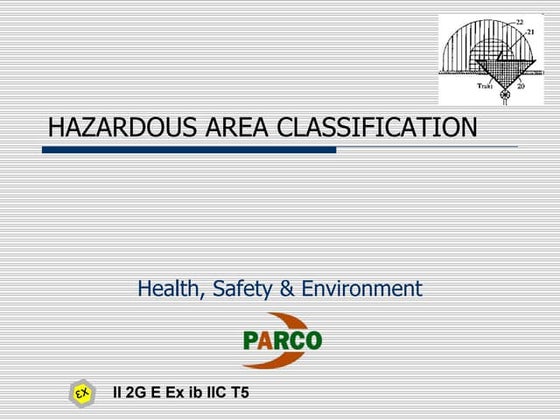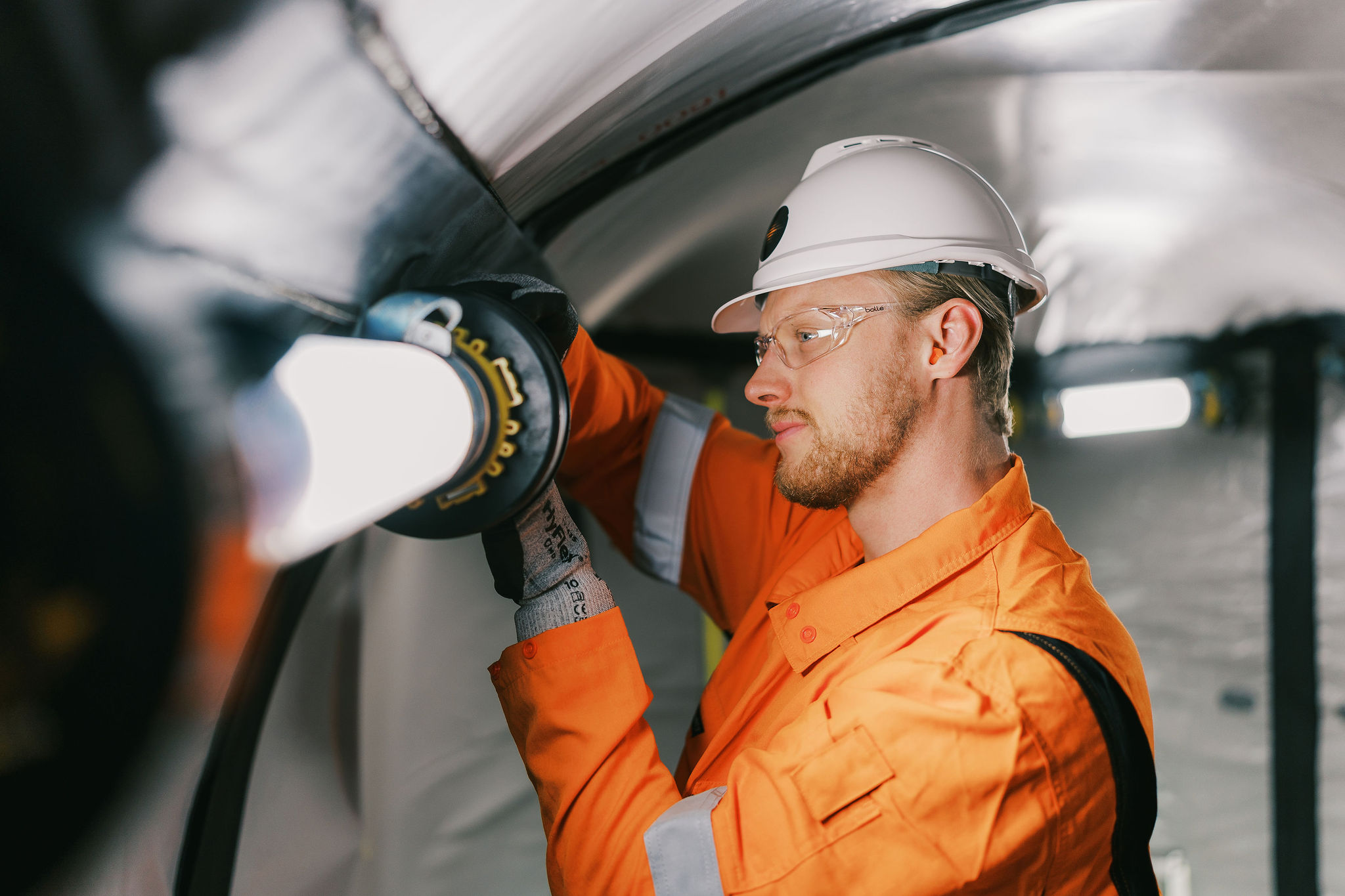The 5-Minute Rule for Roar Solutions
The 5-Minute Rule for Roar Solutions
Blog Article
Unknown Facts About Roar Solutions
Table of ContentsRoar Solutions Fundamentals ExplainedRoar Solutions Fundamentals ExplainedThe Definitive Guide for Roar Solutions
In order to protect installments from a prospective explosion an approach of evaluating and identifying a potentially hazardous location is required. The function of this is to make certain the proper selection and setup of devices to inevitably stop an explosion and to make sure safety of life.
(http://prsync.com/roar-solutions/)
No equipment must be mounted where the surface area temperature level of the tools is higher than the ignition temperature of the given danger. Below are some common dust hazardous and their minimum ignition temperature level. Coal Dirt 380C 225C Polythene 420C (thaws) Methyl Cellulose 420C 320C Starch 460C 435C Flour 490C 340C Sugar 490C 460C Grain Dust 510C 300C Phenolic Resin 530C > 450C Aluminium 590C > 450C PVC 700C > 450C Soot 810C 570C The probability of the danger being existing in a focus high adequate to create an ignition will certainly vary from place to location.
In order to categorize this danger an installment is split right into locations of danger relying on the quantity of time the harmful is existing. These areas are referred to as Areas. For gases and vapours and dusts and fibres there are 3 zones. Area 0 Area 20 An unsafe ambience is very likely to be existing and might exist for lengthy periods of time (> 1000 hours per year) or perhaps constantly Area 1 Area 21 A harmful environment is possible but not likely to be present for lengthy durations of time (> 10 450 C [842 F] A classification of T6 means the minimal ignition temperature level is > 85 C [185 F] Dangerous location electrical equipment possibly developed for usage in higher ambient temperature levels. This would certainly indicated on the ranking plate e.g. EExe II C T3 Ta + 60C( This implies at 60C ambient T3 will not be gone beyond) T1 T1, T2, T3, T4, T5, T6 T2 T2, T3, T4, T5, T6 T3 T3, T4, T5, T6 T4 T4, T5, T6 T5 T5, T6 T6 T6 A T Class ranking of T1 implies the optimum surface area temperature level generated by the tool at 40 C is 450 C. Assuming the connected T Class and Temperature level ranking for the devices are suitable for the location, you can always utilize an instrument with a much more stringent Department rating than required for the location. There isn't a clear response to this inquiry regrettably. It actually does depend on the sort of tools and what fixings need to be brought out. Devices with specific test procedures that can not be executed in the field in order to achieve/maintain 3rd party ranking. Should return to the manufacturing facility if it is prior to the devices's solution. Area Repair Service By Authorised Employee: Complex screening may not be called for however particular treatments might need to be complied with in order for the tools to keep its 3rd party score. Authorised employees have to be employed to carry out the work appropriately Repair have to be a like for like replacement. New component must be thought about as a direct replacement calling for no special testing of the equipment my sources after the repair work is full. Each tool with an unsafe rating ought to be evaluated separately. These are detailed at a high degree below, but also for more in-depth information, please refer straight to the standards.
What Does Roar Solutions Mean?
The devices register is a thorough data source of devices records that includes a minimum collection of areas to recognize each thing's place, technological criteria, Ex category, age, and ecological information. The ratio of Comprehensive to Shut evaluations will certainly be identified by the Tools Threat, which is assessed based on ignition threat (the probability of a source of ignition versus the probability of a flammable ambience )and the harmful area classification
( Zone 0Area 1, or 2). Applying a durable Risk-Based Assessment( RBI )method is vital for making certain conformity and security in managing Electrical Equipment in Hazardous Areas( EEHA).
Roar Solutions Fundamentals Explained

In regards to explosive threat, a hazardous location is an environment in which an eruptive ambience is present (or might be expected to be existing) in quantities that call for special precautions for the construction, setup and use tools. Roar Training Solutions. In this write-up we check out the difficulties faced in the office, the risk control actions, and the needed competencies to work securely
It is a repercussion of modern life that we make, store or take care of a variety of gases or fluids that are deemed combustible, and a series of dusts that are regarded combustible. These materials can, in certain problems, form explosive ambiences and these can have significant and awful effects. Most of us recognize with the fire triangular remove any kind of one of the 3 aspects and the fire can not occur, but what does this mean in the context of hazardous locations? When breaking this down into its easiest terms it is basically: a combination of a certain quantity of release or leak of a specific substance or material, mixing with ambient oxygen, and the existence of a source of ignition.
In the majority of instances, we can do little about the degrees of oxygen airborne, yet we can have significant influence on resources of ignition, for instance electric tools. Hazardous locations are recorded on the unsafe area category drawing and are identified on-site by the triangular "EX LOVER" indication. Right here, among various other vital info, zones are split into three kinds relying on the danger, the chance and duration that an explosive ambience will certainly exist; Area 0 or 20 is considered the most hazardous and Area 2 or 22 is considered the least.
Report this page